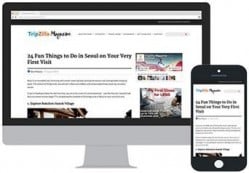A road trip from Singapore to Kuala Lumpur is a fantastic way to experience the open road, enjoy the scenery, and discover towns and food stops along the way. Travelling by car gives you freedom and flexibility. Whether you’re heading up for a long weekend, a family visit, or a foodie escape. Here’s a complete guide to help you prepare, from permits and routes to rest stops and practical driving tips.
Also read: Kuala Lumpur: More Than Just the Twin Towers. Things to Do, See, and Eat
What to prepare before you go
Passport and license
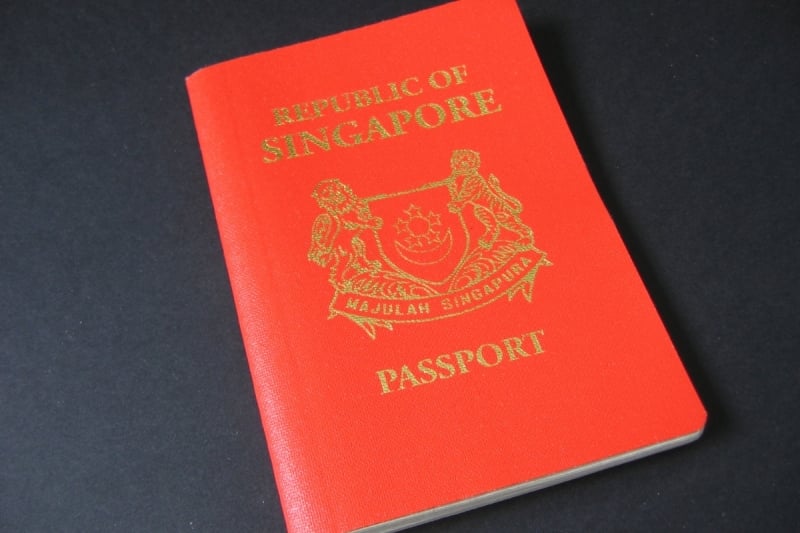
Image credit: peilin75 via Canva Pro
Before setting off, ensure you have all the necessary documents in order. You’ll need a valid passport with at least six months’ validity and your Singapore driving license, which is fully recognised in Malaysia, so there’s no need for an International Driving Permit unless your licence isn’t in English.
Vehicle documents
If you’re driving your own car, bring your vehicle registration card and certificate of insurance. Ensure that your insurance covers cross-border travel into Malaysia. For rental cars, always confirm that the company allows entry into Malaysia and provides the necessary insurance coverage.
Vehicle Entry Permit (VEP) and Touch ’n Go Card
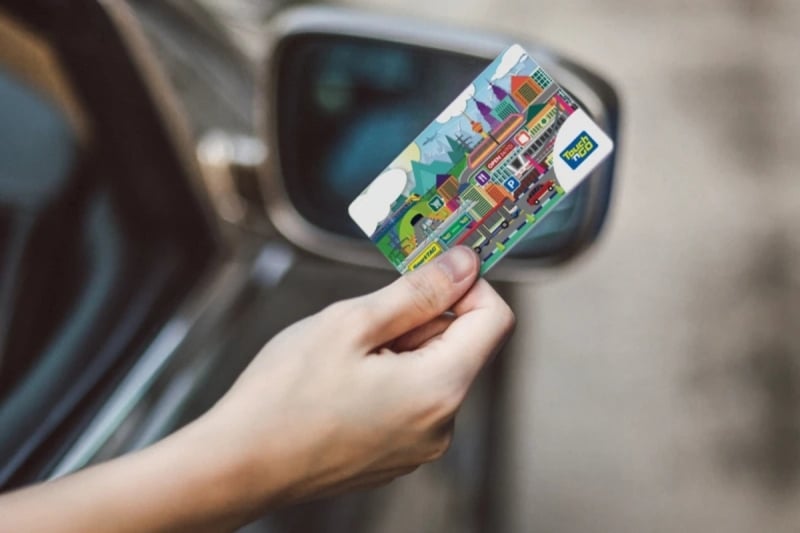
Image credit: touchngo Official Website
Also read: Malaysia’s VEP Enforcement Has Begun: What Singapore Drivers Must Know in July 2025
As of 1 July 2025, all Singapore-registered vehicles entering Malaysia must have a valid Vehicle Entry Permit (VEP) fitted with an RFID tag. This electronic identification tag is linked to your car and allows the Malaysian authorities to track and manage cross-border vehicles. You can apply online via the official portal. Once approved, you can opt to collect or receive your RFID tag by post.
The tag must be installed (usually on the left headlamp) and activated before you travel. Make sure it’s linked to your Touch ’n Go (TNG) eWallet or RFID account, which will also handle your road charges and tolls.
Money and apps
Carry some Malaysian ringgit in small notes for roadside stalls or parking, though most major petrol stations accept cards and e-wallets such as GrabPay and TNG eWallet. Navigation apps like Waze or Google Maps are invaluable for real-time traffic updates and rest stop information.
Where to rent a car in Singapore or Johor Bahru
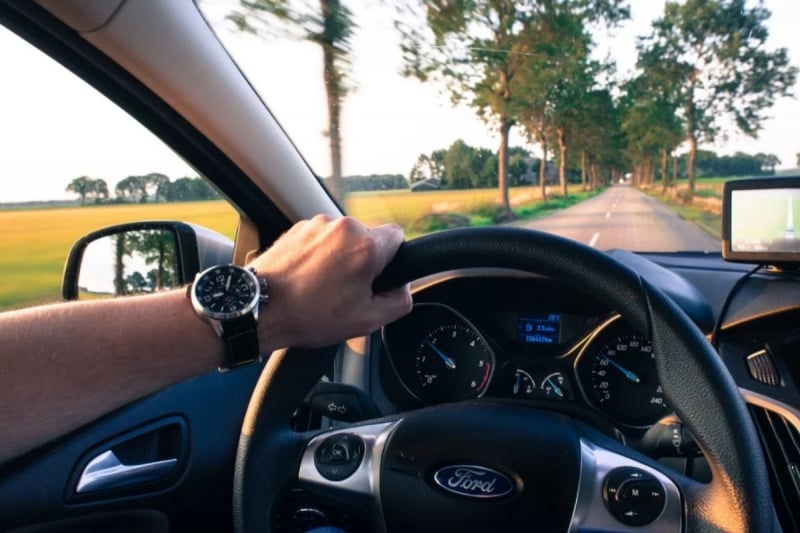
Image credit: paradisecars.my Official Website
If you don’t own a car, renting one for your road trip is simple, and there are dependable options on both sides of the border.
In Singapore, major providers such as Avis and Tribecar allow cross-border driving into Malaysia. You’ll need to inform the rental company in advance, as they will need to extend insurance coverage for travel in Malaysia and may assist with the process or provide an RFID tag for added VEP registration convenience.
Alternatively, renting a car in Johor Bahru (JB) can be a more economical choice. After crossing the border by bus, train, or on foot, you’ll find a range of local and international rental agencies such as Mayflower Car Rental, Paradise Rent A Car, Galaxy Car Rental, and Sixt Johor Bahru.
Car rental rates in JB are generally lower than in Singapore, and many vehicles come with a Touch ’n Go card or RFID tag. You’ll need to show your passport, driving licence, and, if necessary, your IDP. Before finalising your rental, check that the insurance covers long-distance travel to Kuala Lumpur and other Malaysian states.
Choosing the best route
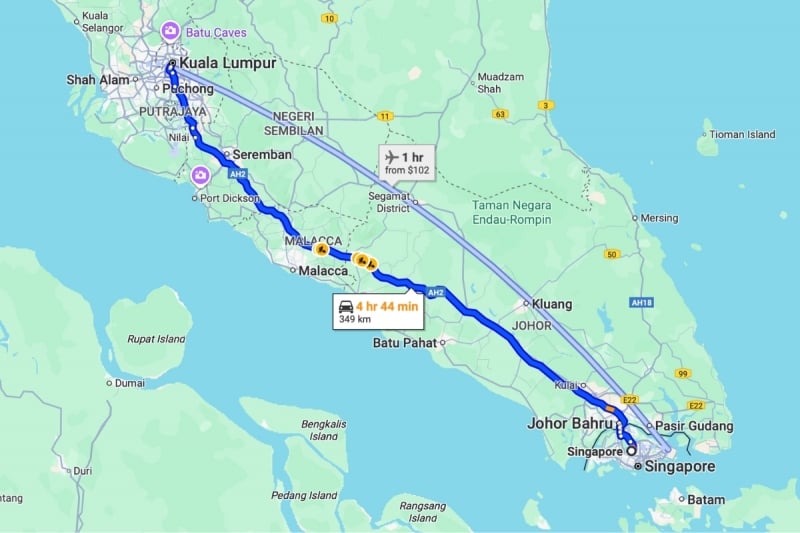
Image credit: Google Maps
The most direct route from Singapore to Kuala Lumpur is via the North–South Expressway (PLUS Highway), a modern, well-maintained toll road connecting Johor Bahru all the way to Kuala Lumpur. Covering about 350 kilometres, it typically takes four to five hours under good traffic conditions.
For travellers who prefer a slower pace, Federal Route 5 offers a more scenic drive along Malaysia’s west coast. It passes through charming towns such as Batu Pahat, Muar, and Port Dickson, where you’ll find beaches, local eateries, and glimpses of traditional village life. The route is longer, but perfect for those who enjoy exploring off the beaten path.
Rest stops along the way
Malaysia’s PLUS Highway features well-equipped Rest & Service Areas (R&R) approximately every 80–100 kilometres. These stops typically include petrol stations, food courts, restrooms, prayer rooms (surau), convenience shops, and even souvenir stalls. Taking regular breaks, ideally every two to three hours, helps you stay refreshed and alert.
Skudai R&R
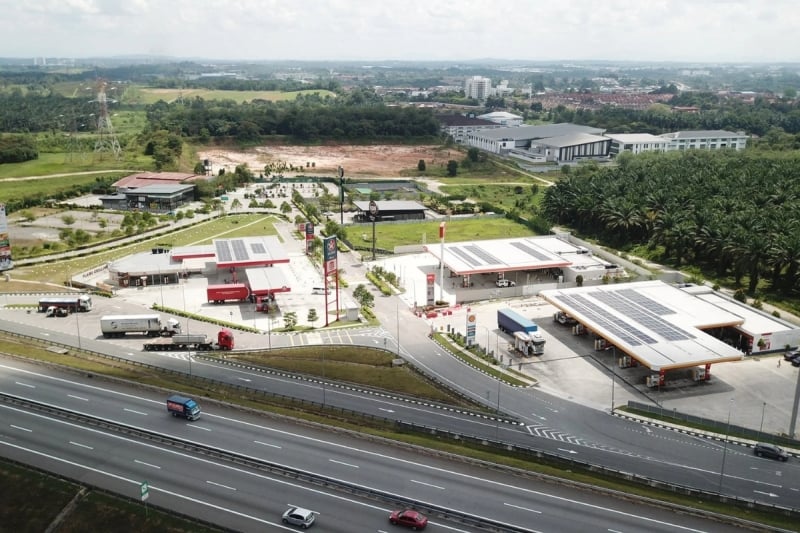
Image credit: skudairnr Official Website
Located just after Johor Bahru, this is a great spot to refuel, grab breakfast, or top up your Touch ’n Go card before the long stretch north.
Machap Utara R&R
This stop offers a variety of food stalls, a small playground, and facilities to reload your TNG card.
Pagoh R&R
Roughly halfway along the route, Pagoh is a favourite among drivers for its clean restrooms, wide food selection, and shaded parking areas.
Ayer Keroh Overhead Bridge rest stop (Jejantas Ayer Keroh)
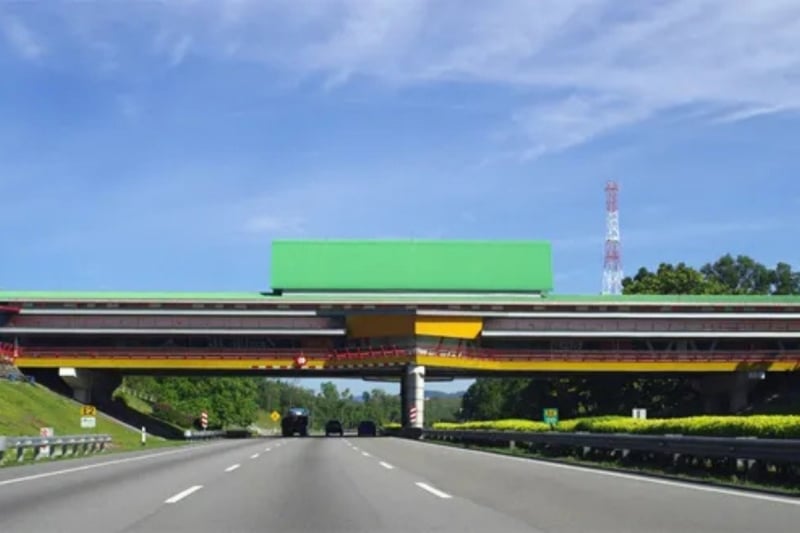
Image credit: keshmen Official Website
Near Melaka, this unique stop sits above the highway and features restaurants, local snack shops, and even a mini souvenir market.
Seremban R&R
Closer to Kuala Lumpur, it’s ideal for a final fuel-up and refreshment stop before entering the city.
Sungai Buloh R&R
Just outside the Klang Valley, this rest stop is perfect for a last coffee or restroom break before navigating KL’s city traffic.
If you’re taking the longer route along the coast, you’ll also find petrol stations and small food stalls in towns like Muar and Port Dickson, both worth visiting if you’re not in a rush.
Driving tips for a smooth journey
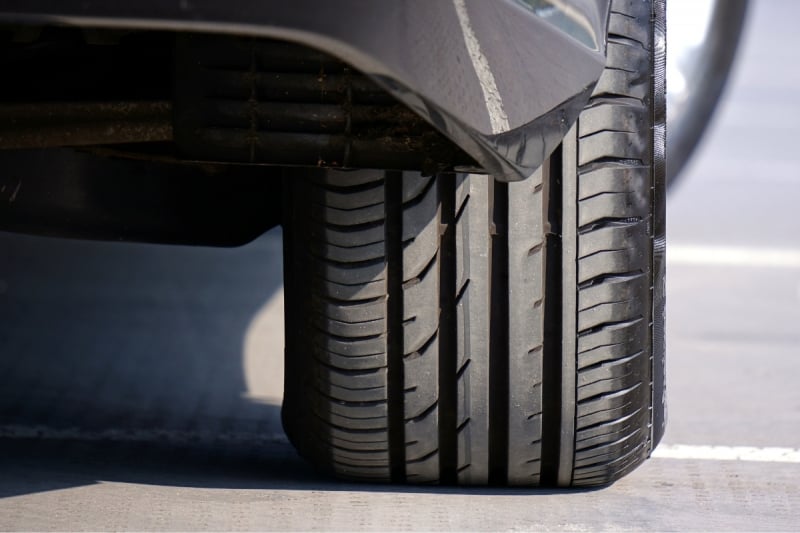
Image credit: VariousPhotography via Canva Pro
Before you set off, make sure your car is in good condition. Check that the tyres are properly inflated, the brakes are working, and all essential fluids, such as oil and coolant, are topped up. A well-maintained vehicle will help ensure a safer and more comfortable drive.
Keep emergency contacts readily available. Save your roadside assistance numbers, your insurer’s hotline, and any relevant local emergency contacts on your phone so that help is just a call away if needed.
Long drives can be tiring, so it’s important to stay alert. Plan to take a break every two to three hours to stretch, refresh, and recharge before continuing on your journey.
Finally, keep all essentials within easy reach. Bottled water, light snacks, wet wipes, and important documents should be easily accessible throughout the drive to ensure comfort and convenience along the way.
Arriving in Kuala Lumpur
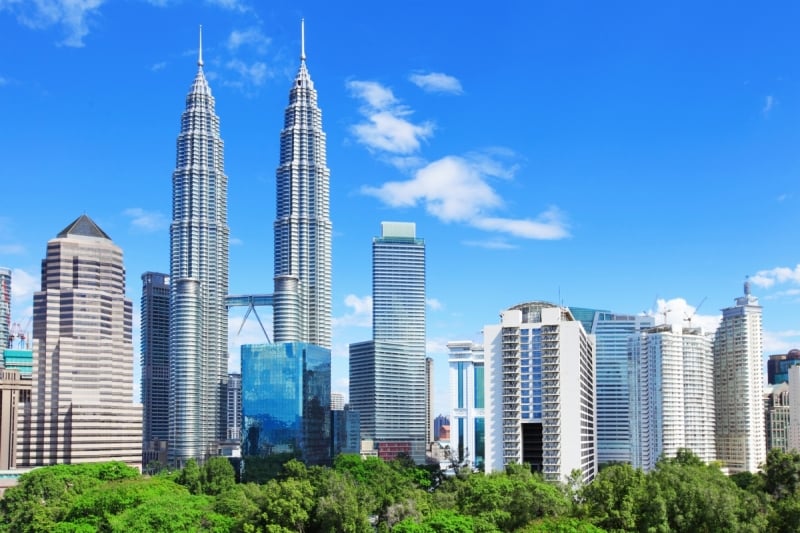
Image credit: Leung Cho Pan via Canva Pro
As you approach the Klang Valley, traffic typically gets heavier, especially during weekday rush hours. Follow your navigation app’s live updates for the best entry route into the city centre. Once there, you’ll find ample parking at malls, hotels, and office towers, though some smaller car parks may require mobile payment via apps or printed coupons.
Also read: 10 Best Pet Cafes in Kuala Lumpur to Chill and Play With Animals
Final thoughts
Driving from Singapore to Kuala Lumpur is more than just a convenient way to travel. It’s a rewarding journey that lets you experience Malaysia’s changing landscapes, from modern expressways and rural towns to the bustle of the capital. With the right permits, preparations, and a few planned pit stops, your road trip will be smooth, scenic, and thoroughly enjoyable.




